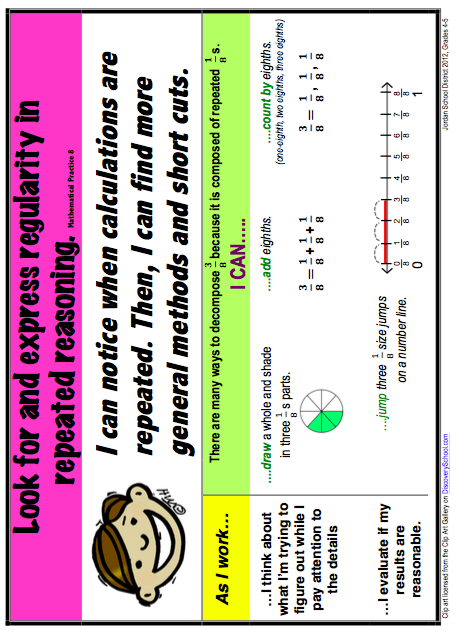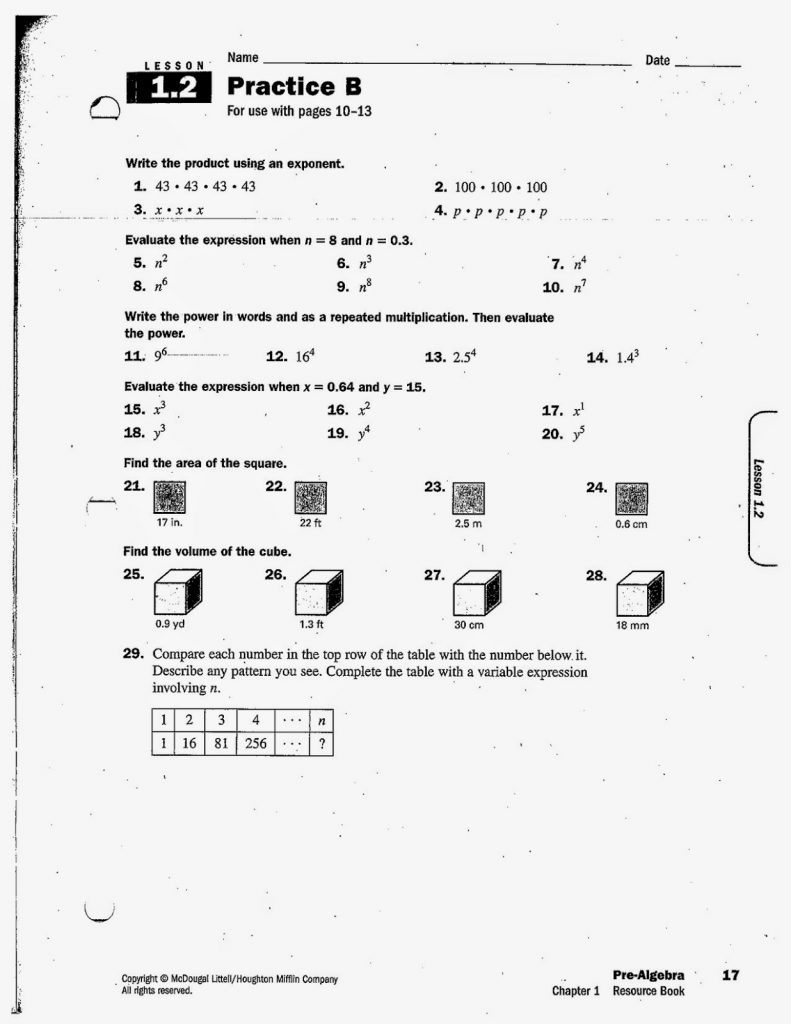In today’s rapidly evolving world, the field of mathematics plays a critical role in shaping our society and defining our future. As educators and students, it is essential that we embrace the eight mathematical practices that serve as the foundation for a comprehensive understanding of the subject. These practices are not only relevant to the Asian community, but to people from all walks of life who seek to excel in the field of mathematics.
The Eight Mathematical Practices:
 The first mathematical practice emphasizes the importance of making sense of problems and persevering in solving them. It encourages individuals to approach challenges with a positive mindset and a determination to find effective solutions. By developing critical thinking and problem-solving skills, individuals can overcome obstacles and build a strong foundation in mathematics.
The first mathematical practice emphasizes the importance of making sense of problems and persevering in solving them. It encourages individuals to approach challenges with a positive mindset and a determination to find effective solutions. By developing critical thinking and problem-solving skills, individuals can overcome obstacles and build a strong foundation in mathematics.
 The second practice emphasizes the importance of reasoning and constructing viable arguments. It encourages individuals to explain and justify their answers using logical reasoning and mathematical principles. By engaging in these practices, students not only gain a deeper understanding of mathematical concepts but also develop strong communication skills.
The second practice emphasizes the importance of reasoning and constructing viable arguments. It encourages individuals to explain and justify their answers using logical reasoning and mathematical principles. By engaging in these practices, students not only gain a deeper understanding of mathematical concepts but also develop strong communication skills.
 The third practice highlights the significance of abstract and quantitative reasoning. It focuses on the ability to understand and interpret mathematical patterns and relationships. By honing these skills, individuals can make connections between different mathematical concepts and apply them to real-world situations.
The third practice highlights the significance of abstract and quantitative reasoning. It focuses on the ability to understand and interpret mathematical patterns and relationships. By honing these skills, individuals can make connections between different mathematical concepts and apply them to real-world situations.
 The fourth mathematical practice emphasizes the importance of modeling with mathematics. It encourages learners to use mathematical tools and strategies to analyze real-world scenarios and solve complex problems. By utilizing mathematical models, individuals can gain a deeper understanding of various phenomena and make informed decisions.
The fourth mathematical practice emphasizes the importance of modeling with mathematics. It encourages learners to use mathematical tools and strategies to analyze real-world scenarios and solve complex problems. By utilizing mathematical models, individuals can gain a deeper understanding of various phenomena and make informed decisions.
 The fifth practice focuses on the importance of using appropriate tools strategically. It emphasizes the significance of selecting and effectively utilizing appropriate mathematical tools and technology to solve problems. By leveraging the power of technology, individuals can efficiently analyze data, make accurate calculations, and explore complex mathematical concepts.
The fifth practice focuses on the importance of using appropriate tools strategically. It emphasizes the significance of selecting and effectively utilizing appropriate mathematical tools and technology to solve problems. By leveraging the power of technology, individuals can efficiently analyze data, make accurate calculations, and explore complex mathematical concepts.
 The sixth practice emphasizes the importance of attending to precision. It encourages individuals to communicate and express mathematical ideas with accuracy, clarity, and attention to detail. By practicing precision, individuals can effectively communicate their mathematical thinking and avoid errors or misunderstandings.
The sixth practice emphasizes the importance of attending to precision. It encourages individuals to communicate and express mathematical ideas with accuracy, clarity, and attention to detail. By practicing precision, individuals can effectively communicate their mathematical thinking and avoid errors or misunderstandings.
 The seventh practice highlights the significance of looking for and making use of structure. It encourages learners to identify and analyze patterns and structures within mathematical problems. By recognizing underlying structures, individuals can simplify complex problems and find innovative solutions.
The seventh practice highlights the significance of looking for and making use of structure. It encourages learners to identify and analyze patterns and structures within mathematical problems. By recognizing underlying structures, individuals can simplify complex problems and find innovative solutions.
 The eighth and final practice emphasizes the importance of looking for and expressing regularity in repeated reasoning. It encourages individuals to identify repeated patterns and use them to develop generalizations and strategies. By recognizing and applying these regularities, individuals can solve problems more efficiently and develop a deeper understanding of mathematical concepts.
The eighth and final practice emphasizes the importance of looking for and expressing regularity in repeated reasoning. It encourages individuals to identify repeated patterns and use them to develop generalizations and strategies. By recognizing and applying these regularities, individuals can solve problems more efficiently and develop a deeper understanding of mathematical concepts.
 The Asian community recognizes the value of these eight mathematical practices as they provide a holistic approach to learning and mastering mathematics. By embracing these practices, individuals can cultivate a love for mathematics, develop critical thinking skills, and excel in the field. Through education and dedicated efforts, we can build a community of mathematically proficient individuals who contribute to the growth and development of our society.
The Asian community recognizes the value of these eight mathematical practices as they provide a holistic approach to learning and mastering mathematics. By embracing these practices, individuals can cultivate a love for mathematics, develop critical thinking skills, and excel in the field. Through education and dedicated efforts, we can build a community of mathematically proficient individuals who contribute to the growth and development of our society.
 Let us strive to incorporate these eight mathematical practices into our teaching and learning processes, empowering the next generation to become confident problem solvers, innovative thinkers, and mathematical leaders. Together, we can shape a future where mathematics is embraced and celebrated by all.
Let us strive to incorporate these eight mathematical practices into our teaching and learning processes, empowering the next generation to become confident problem solvers, innovative thinkers, and mathematical leaders. Together, we can shape a future where mathematics is embraced and celebrated by all.